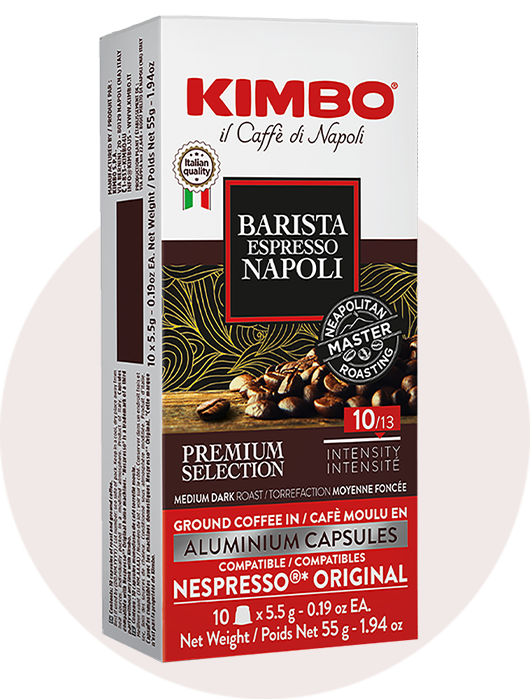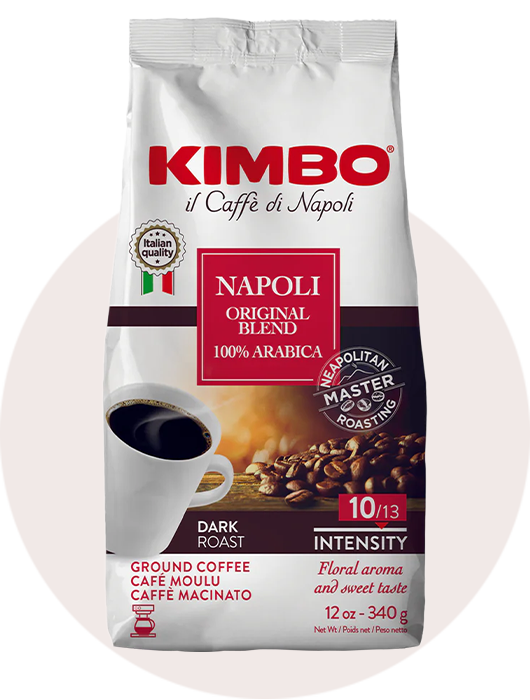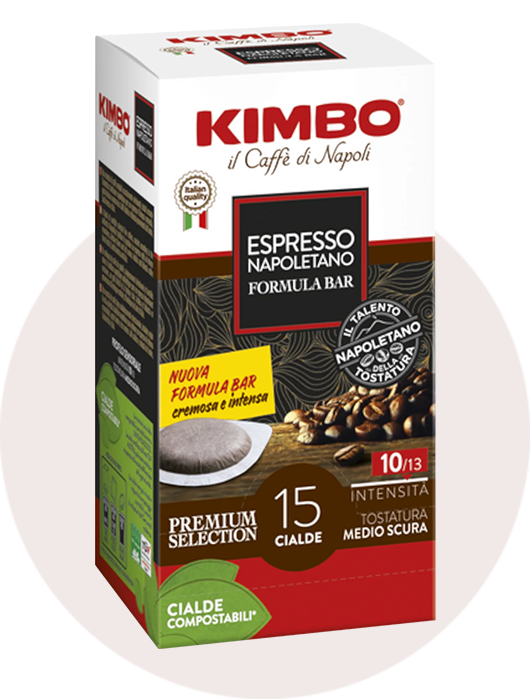A great cup of coffee starts with a well-maintained coffee machine. Unfortunately, over time, mineral deposits from the water used to brew coffee can build up inside your machine. This process, known as limescale buildup, can cause various issues—from sluggish brewing times to poor tasting coffee. Decalcifying your coffee machine is crucial to keeping it running smoothly, enhancing your coffee experience, and extending the machine’s lifespan. But how exactly should you go about it?
In this guide, we’ll take you through everything you need to know to effectively decalcify your coffee machine, whether it's a Keurig, or another brand. Let's get started!
Why Should You Decalcify Your Coffee Machine?
The Sneaky Problem of Limescale
Limescale is essentially a buildup of calcium, magnesium, and other minerals in the water that hardens over time. When this happens in your coffee machine, it can block the internal water flow, reduce the effectiveness of your heating element, and impact the quality of your brew. In short, it’s a problem that sneaks up on you but doesn’t stay hidden for long.
If left untreated, limescale buildup can:
-
Slow down the brewing process.
-
Cause your coffee machine to consume more energy.
-
Lead to unpleasant tastes or odors in your coffee.
-
Result in long-term damage to key parts of your machine, such as the water pump and heating elements.
How Often Should You Decalcify Your Coffee Machine?
The frequency of descaling largely depends on two things: water hardness and how often you use your coffee machine. If you live in an area with hard water or use your machine daily, you should descale more often.
-
For hard water areas: Aim to descale your machine once every month to maintain peak performance.
-
For softer water: If you’re using filtered water, you might only need to descale once every 3-6 months.
Signs that it's time for a decalcification include slow brewing, gurgling sounds, or a bad taste in your coffee. But don't wait for these signs—prevention is better than cure.
4 Easy Step-by-Step Guide: How to Decalcify Coffee Machine
Step 1: Gather Your Supplies
Before you begin, you’ll need a few basic supplies:
-
Descaling solution: You can buy a commercial descaler, or if you prefer a DIY approach, use vinegar or citric acid.
-
Water: Fresh, clean water is essential for flushing the system after descaling.
-
Container: A large container to catch the descaling solution and any residue that comes out.
Step 2: Select Your Descaling Solution
Commercial Descalers
Most coffee machine manufacturers recommend commercial descaling solutions because they’re formulated to be effective and safe for your machine.
Homemade Solutions
If you don’t have a descaling solution on hand, you can use vinegar or citric acid:
-
Vinegar: Mix one part white distilled vinegar with one part water.
-
Citric Acid: Dissolve 1-2 tablespoons of citric acid powder in 1 liter of water.
Step 3: Add the Solution and Start the Brew Cycle
For most machines:
-
Fill the Water Reservoir: Pour the descaling solution into the water reservoir, following the amount recommended by the manufacturer.
-
Run the Brew Cycle: Start the brew cycle as if you’re making a cup of coffee, but don’t add any coffee grounds. Let the solution flow through the system and work its magic on the limescale deposits.
-
Pause and Let it Sit: If necessary, stop the cycle and let the solution sit in the machine for 15-30 minutes to loosen up the mineral buildup.
Step 4: Rinse and Repeat (If Necessary)
-
Flush the System: After the descaling cycle is complete, empty the water reservoir, rinse it thoroughly, and fill it with fresh water.
-
Run a Rinse Cycle: Run a couple of cycles with clean water to ensure all the descaling solution is flushed out. This step is important to avoid leaving any aftertaste or residue in the machine.
-
Clean Removable Parts: While the machine is rinsing, take the opportunity to clean removable parts like the carafe, brew basket, and drip tray with warm soapy water.
Preventing Limescale Build-Up in the Future
While regular descaling is essential, there are steps you can take to prevent future buildup and reduce the frequency of descaling:
Use Filtered Water
Using filtered water reduces the amount of calcium and magnesium in your water, which means less limescale buildup in your coffee machine. If you live in a hard water area, consider installing a water filter specifically designed for coffee machines.
Install a Water Softener
For long-term protection, a water softener can treat your home's water before it even enters your coffee machine. This is a great investment if you have hard water that constantly contributes to scale.
Clean the Machine Regularly
Routine maintenance goes beyond descaling. Regularly clean the external parts of your coffee machine, such as the portafilter, drip tray, and brew basket. This will help reduce the accumulation of coffee oils and mineral deposits, extending the time between descaling.
Common Mistakes to Avoid When Decalcifying Your Coffee Machine
-
Using Too Much Descaling Solution: Overusing descaling agents can damage your machine. Always follow the recommended amount and dilution ratio.
-
Skipping the Rinse Step: Not rinsing the machine thoroughly after descaling can leave behind a chemical aftertaste. Make sure to run enough fresh water cycles to flush the system completely.
-
Not Using the Right Descaling Product: Some machines require specific descaling products. Always check your machine’s user manual before using any DIY solutions like vinegar or citric acid.
-
Ignoring Manufacturer Instructions: Different coffee machines have different descaling cycles, and using the wrong method can void your warranty. Always refer to the manufacturer's descaling instructions, such as Keurig descaling instructions or Nespresso descaling instructions.
Descaling Specific Coffee Machines
How to Decalcify a Keurig Coffee Machine
Descaling a Keurig is similar to other coffee machines, but Keurig machines come with a descale light that lets you know when it’s time to clean. To descale a Keurig coffee machine, simply follow these steps:
-
Empty the water reservoir.
-
Fill the reservoir with a mixture of descaling solution or vinegar and water.
-
Run the brew cycle without coffee grounds, discarding the water after each cycle.
-
Repeat until the machine is clean, then flush with fresh water.
Nespresso Descaling Instructions
Nespresso machines usually have a descaling program built-in. To descale a Nespresso machine, follow these steps:
-
Empty the capsule container and drip tray.
-
Fill the water tank with a descaling solution and water.
-
Follow the Nespresso descaling instructions on the machine or app to run the descaling cycle.
-
After the cycle, run a couple of rinse cycles to remove any remaining descaling solution.
Conclusion: Keep Your Coffee Machine in Top Shape
Regular decalcification is essential to keeping your coffee machine running smoothly and ensuring you always have a fresh, flavorful cup of coffee. By following these simple steps and preventing future buildup, you’ll enjoy the benefits of a well-maintained machine—improved coffee quality, longer lifespan, and reduced energy consumption.
Remember, whether you're descaling a Keurig, Nespresso, or any other coffee maker, taking care of your machine today will ensure it keeps brewing delicious coffee for years to come. So grab your descaler and get started—your perfect cup of coffee awaits!
Have you recently decalcified your coffee machine? Share your experience in the comments below and let us know if you have any other descaling tips!






